The Archives and Special Collections has considerable holdings. The material that chronicles significant political, military and social events consists of the typical formats that would be expected such as correspondence, volumes of minutes or reports, photographs, maps, plans. Yet like all Archives, the collections often contain associated items that are a little more unusual and in this week’s blog we bring some of these into the spotlight.
Locks of hair are something that are found in collections of family papers and the collections at Southampton are no exception. Hair as a keepsake and memento was something that peaked in the eighteenth and nineteenth centuries. The Victorians had a particular fascination with hair as a memento of loved ones, but hair was also given as tokens of love and friendship. In the papers of Christopher Collins, the personal servant of the Duke of Wellington, we find locks of hair of both Princess Charlotte and the Duchess of Wellington.
Lock of hair of Princess Charlotte, 1799 [MS69/4/2]
The Broadlands Archives contain other examples such as hair of the baby Henry John Temple, later third Viscount Palmerston (MS62/BR/18/62) and a lock of hair of the baby Ruth Mary Ashley, the younger sister of Edwina, Lady Mountbatten, along with her birth certificate (MS62/MB/1/W/5).
The knitted objects that we hold are made of a variety of fabrics and materials, but there are not any that are knitted from hair. An altogether more unusual experiment, however, was to knit with spaghetti of which we have a few examples (MS332/53/3/1). There is no record of why or how this particular experiment was conducted, although the results of it are clear to see:
Amongst the administrative papers and associated collections relating to the history of the University are a variety of artefacts that add an additional dimension to this material. The gavel that was presented to the Hartley Institution in the 1870s represents the close connection between the Corporation of Southampton and the Institution in its early days. The bequest left by Henry Robinson Hartley to create an educational establishment was made to the Corporation for this purpose.
The ceremonial decorated gavel, made of ivory, donated to the Hartley Institution Council by Henry Joseph Buchan, JP and Mayor of Southampton, 1871-2 [MS1/1/31/15/2]
Other items that represent more formal ways of University life in the past are two silver sugar bowls and spoons, perhaps used when the Warden was entertaining at afternoon tea, that are part of material from Highfield Hall, a hall of residence formally opened by the future George VI in 1935.
Silver sugar pot and spoon [MS310/71/3/1]
We hold a small selection of university related clothing, including a blazer and scarves in university colours as well as cap badges. Amongst a collection of a student from the University from the 1980s is a lovely eye mask for the Southampton University Medical Society masked ball that she attended at Southampton Guildhall.
Handmade mask for masked ball at Southampton Guildhall, 1980s [MS416/22/A4338/1]
Dolls, and indeed dolls clothing, feature amongst the collections, including in the objects that form part of the Monste Stanley knitting collection (MS332), items that belonged to Basque child refugee Pilar Vasca (MS370/5) and in that of the Brian Raywid Romany Papers (MS443).
Peg making is one of the oldest Romany crafts. The pegs were made from a length of willow or hazelwood cut to the right length and with a V-shaped notch cut in the base end. A band of tin was then nailed into position at the top of the peg and the peg split with a sharp knife from the point of the V-notch to the tin band. The pegs were then pegged out to dry and allow the slit to set into its open shape. From these the peg dolls were made and pegs and dolls were often sold door to door.
Peg doll [MS443/13]
Whilst we might have recipes and other sources relating to food, food itself is not something that we would expect to come across in the Archives. However, we do have an exception for an Australian Military Forces emergency ration tin found amongst the Broadlands Archives. Dating from the Second World War it was presumably passed to Lord Mountbatten during his time as Supreme Allied Commander South East Asia. Details of this can be found in a Stories they tell blog from 2020.
The final two sets of items we will be looking in this brief tour could not be more contrasting – handcuffs and handmade shackles used by the pressure group the Women’s Campaign for Soviet Jewry and the exquisitely engraved nautilus shell of the Duke of Wellington and St George and the Dragon.
The Women’s Campaign was creative and dramatic in some of the protests that it organised. Handcuffs were put to use to chain themselves to railings, while the handmade shackles were as part of a costume (possibly in conjunction with a pair of blue and white striped pyjamas that looked like a gulag uniform) worn by a protester.
Handcuffs used by the Women’s Campaign for Soviet Jewry [MS254/A980/5/4/3]
The Scrimshaw nautilus shell is the work of the prolific engraver of nautilus and turban shells Charles H. Wood., who was renowned for the fine work produced whilst engraving his shells with a simple penknife. In the 1850s, Wood produced shells commemorating Wellington and Nelson as well as ones engraved with Britannia.
Engraved nautilus shell of the Duke of Wellington, 1850s [MS351/6/A4170/28]
We hope that you have enjoyed this brief introduction to some of the more unusual objects in our care. But if you want to find out what else we hold do have look at the Archive Catalogue for details.

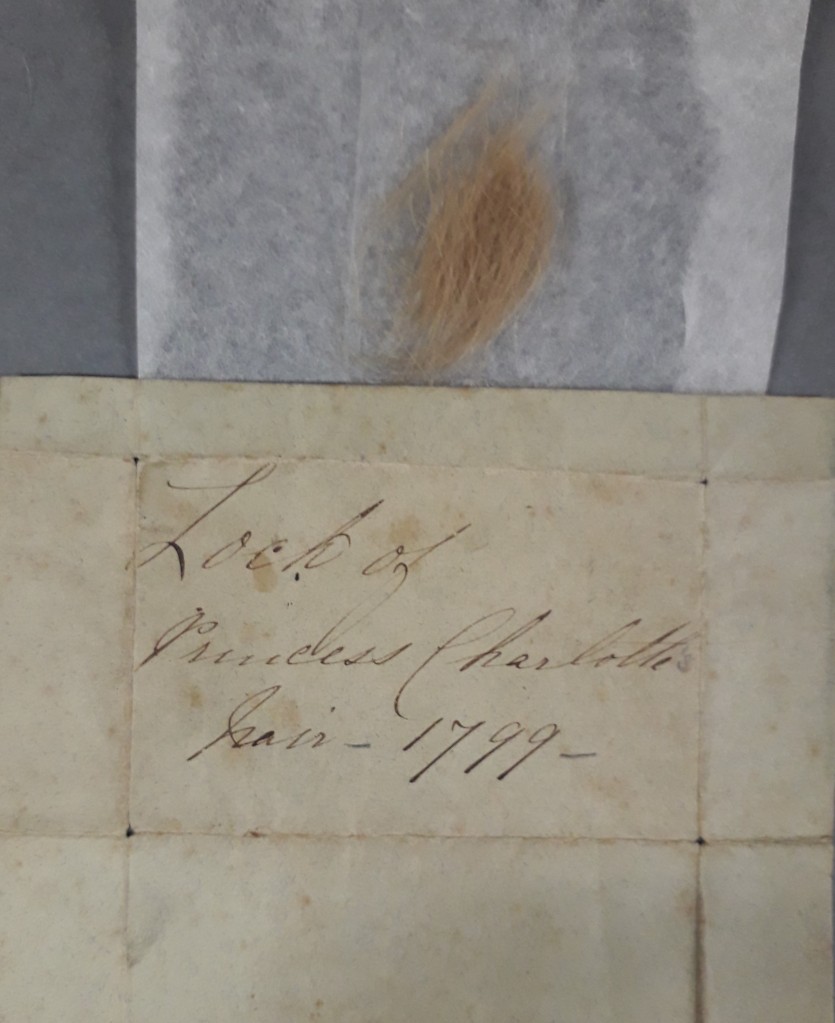
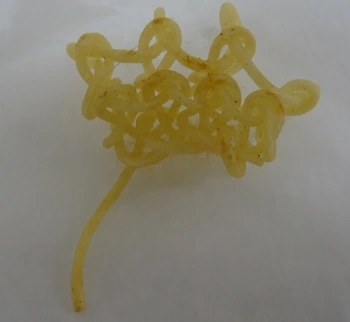
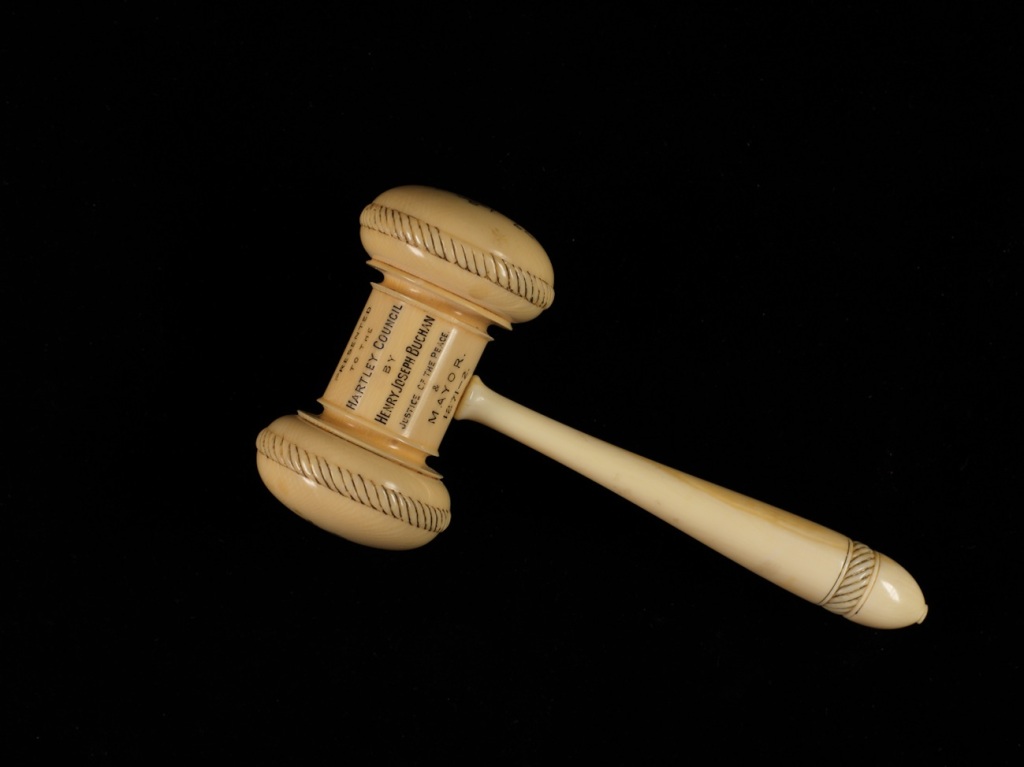
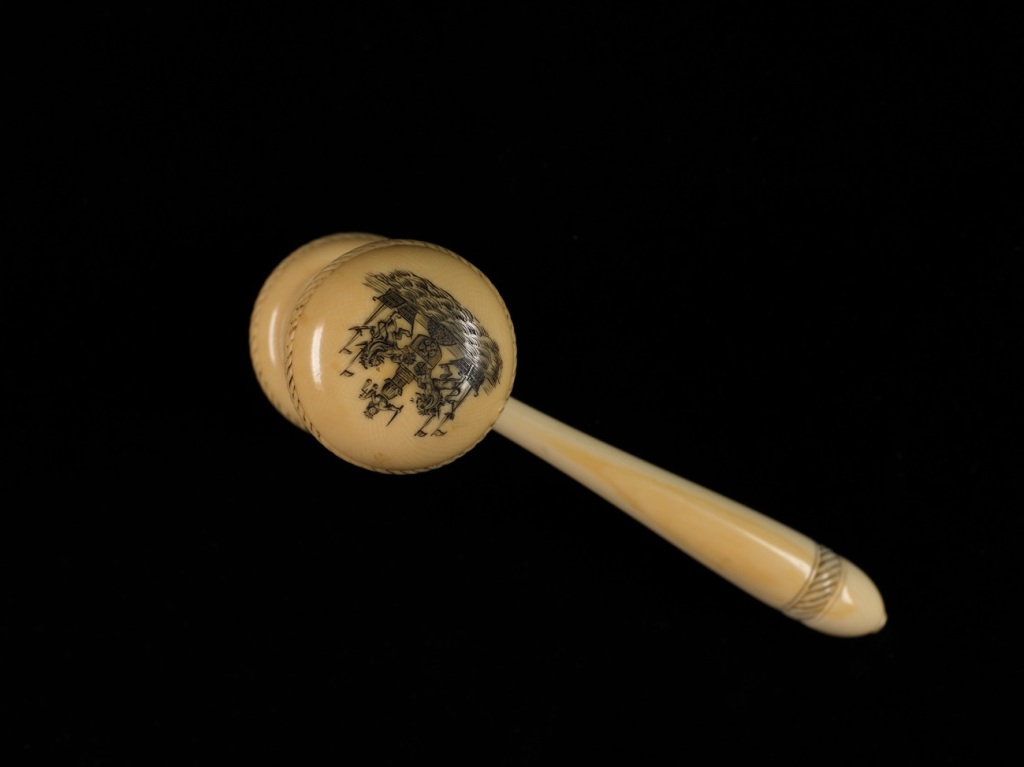
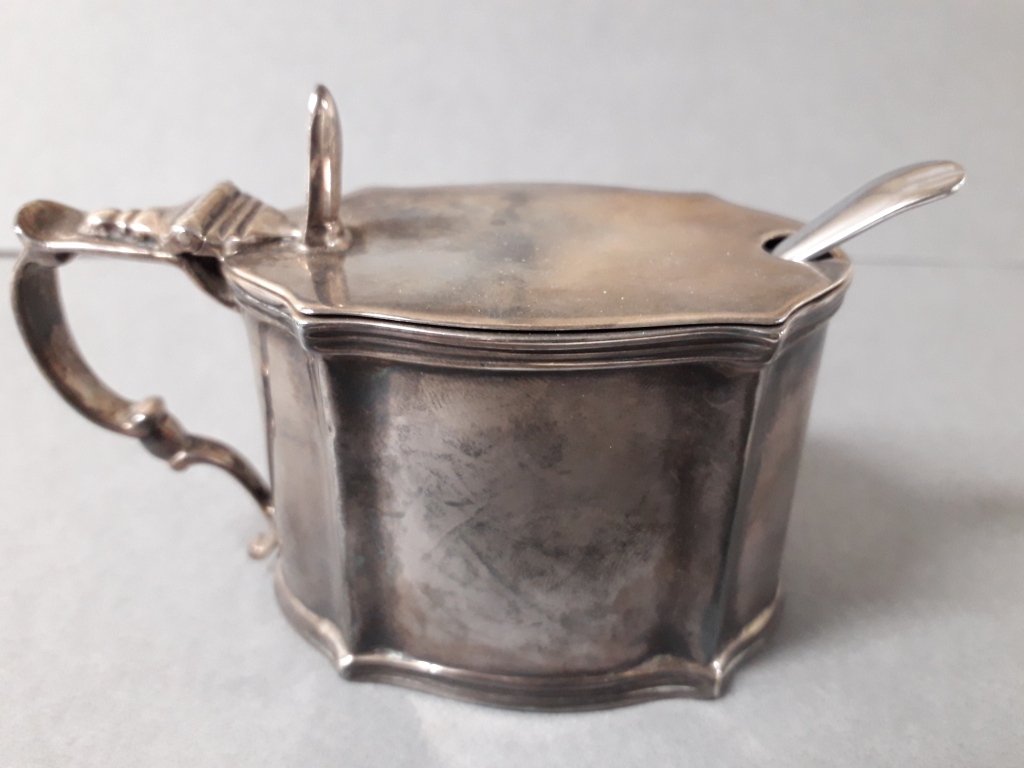
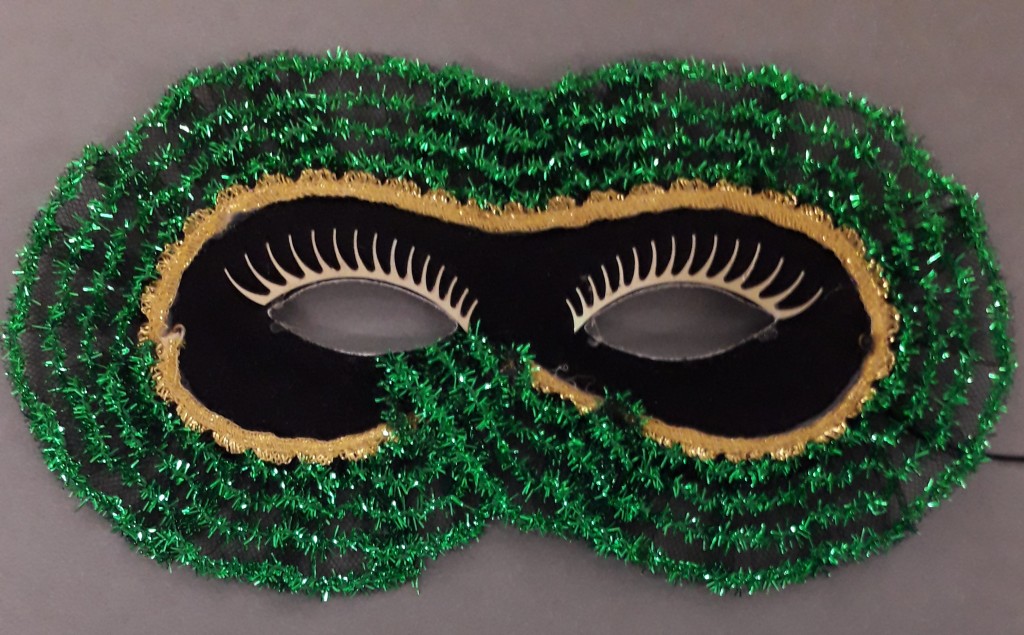
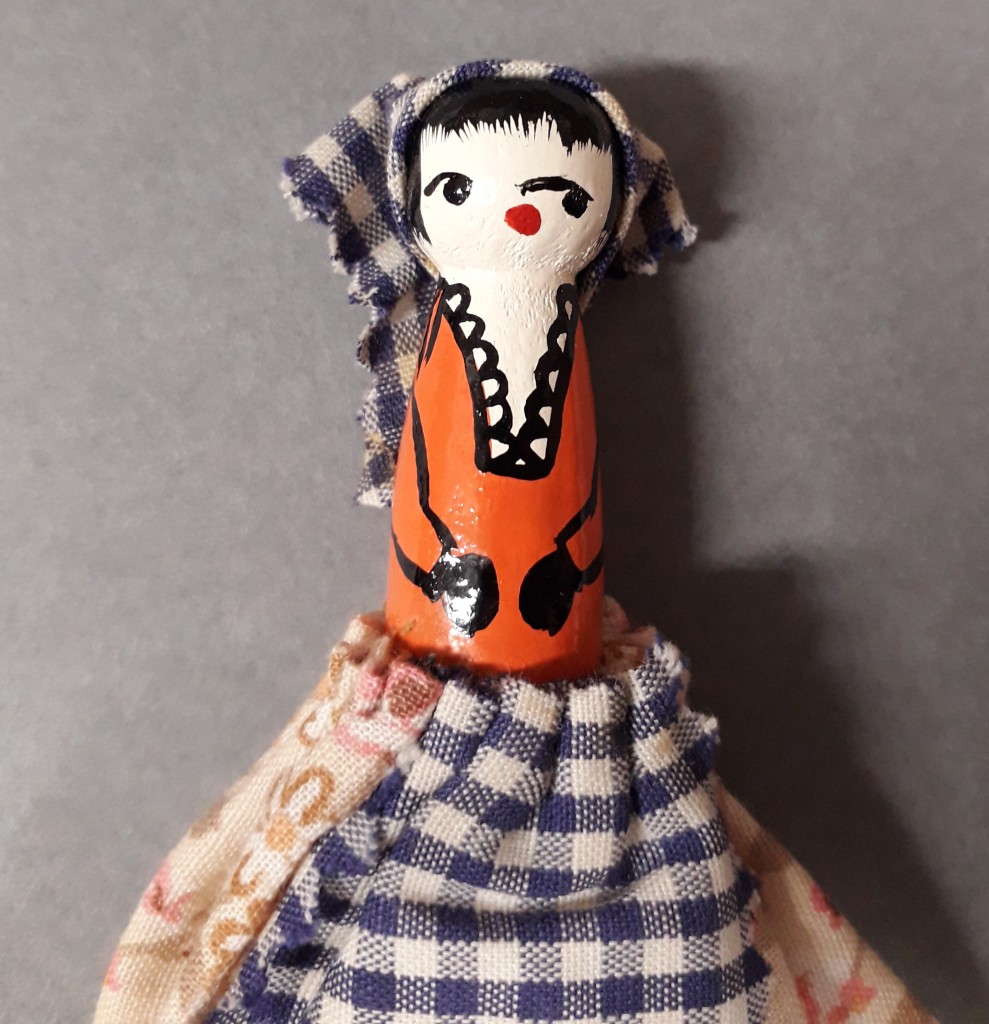
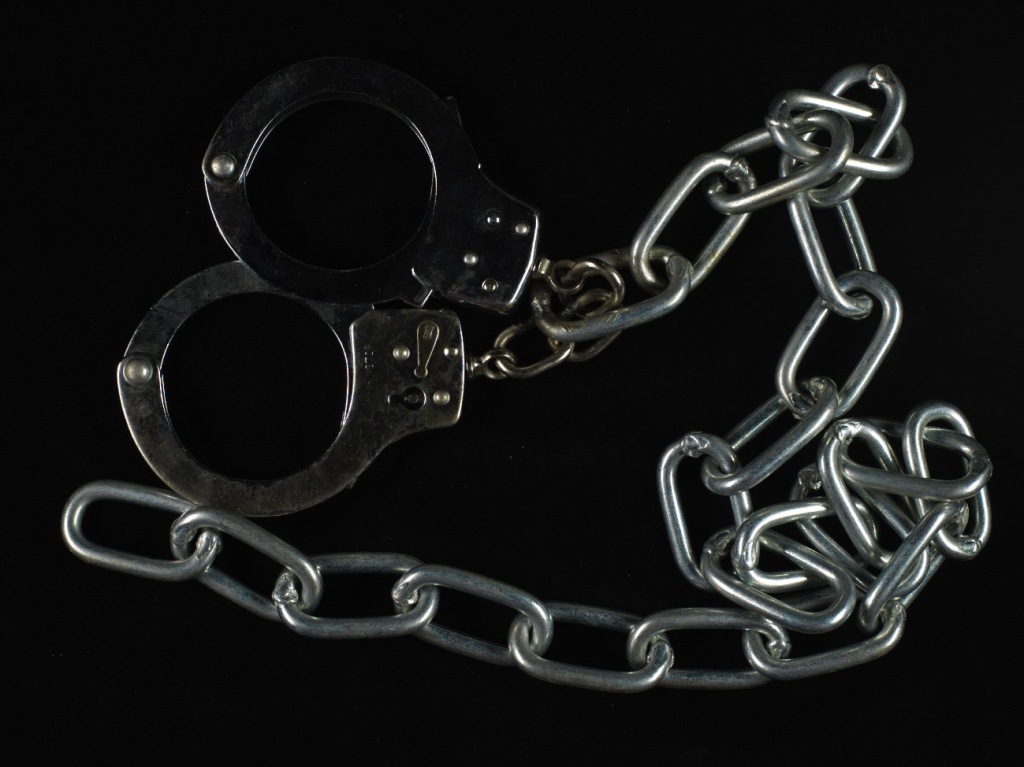
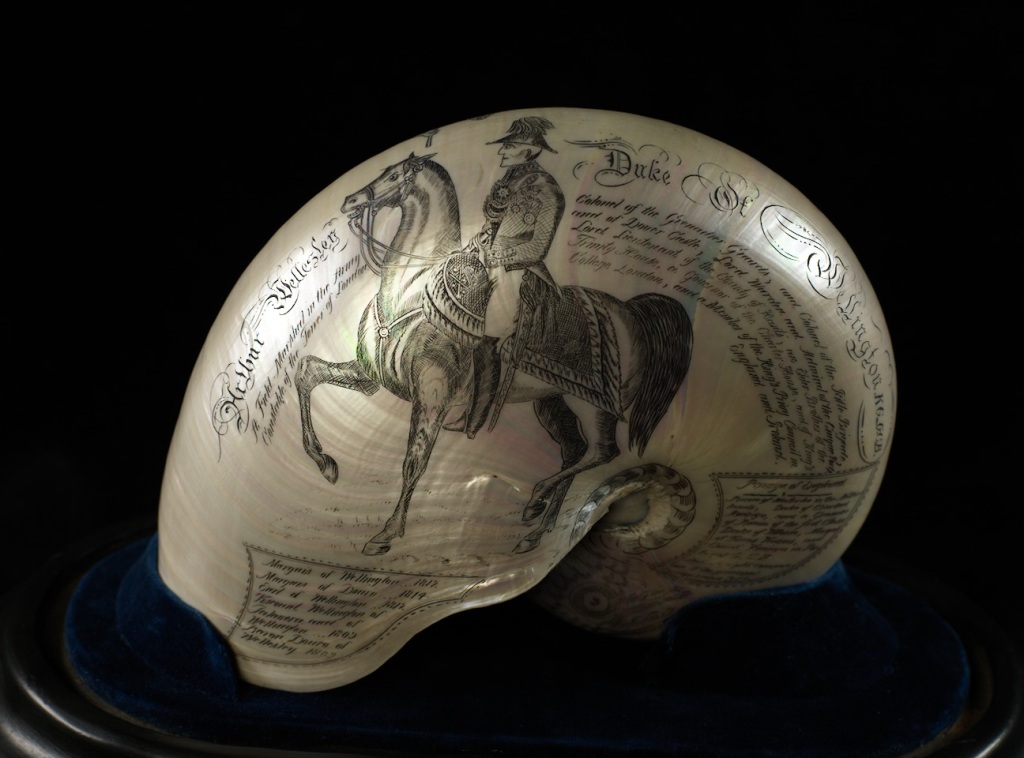



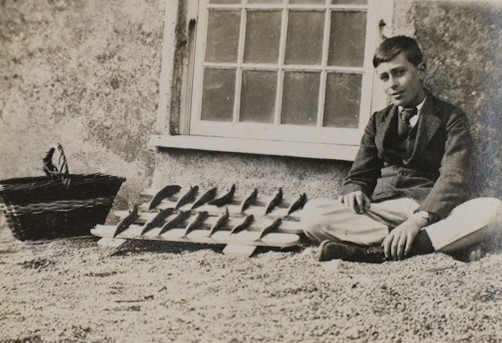
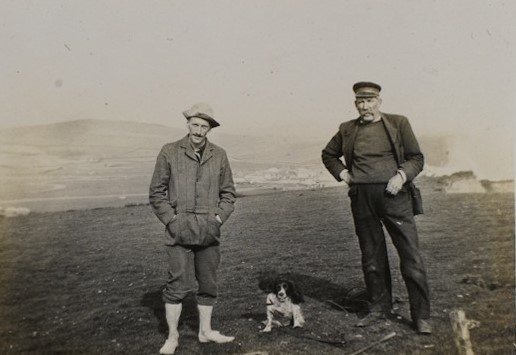
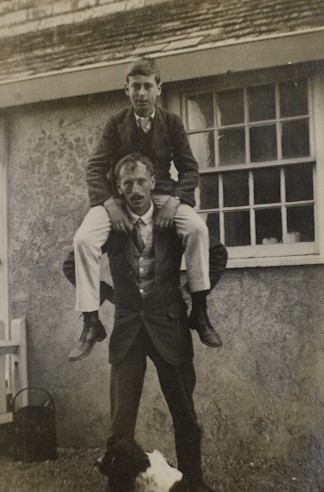
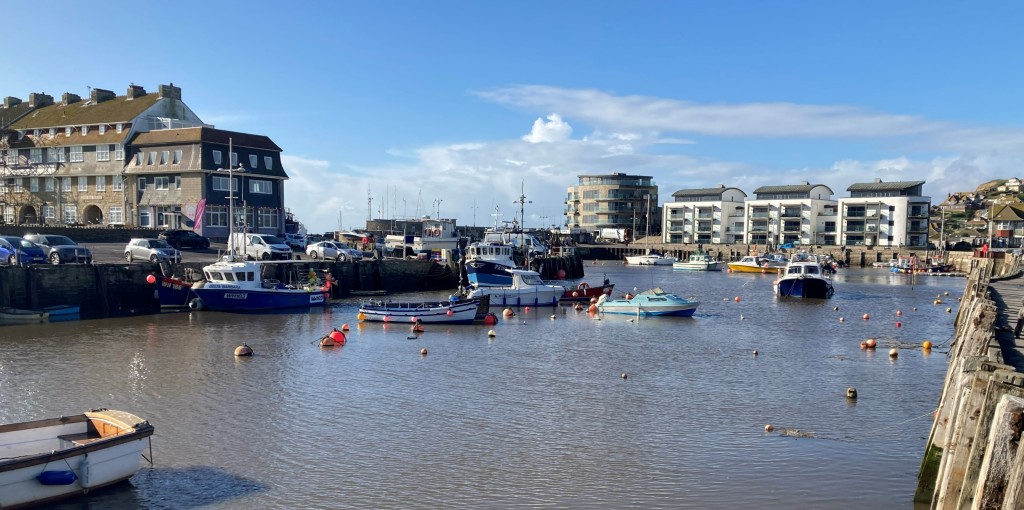



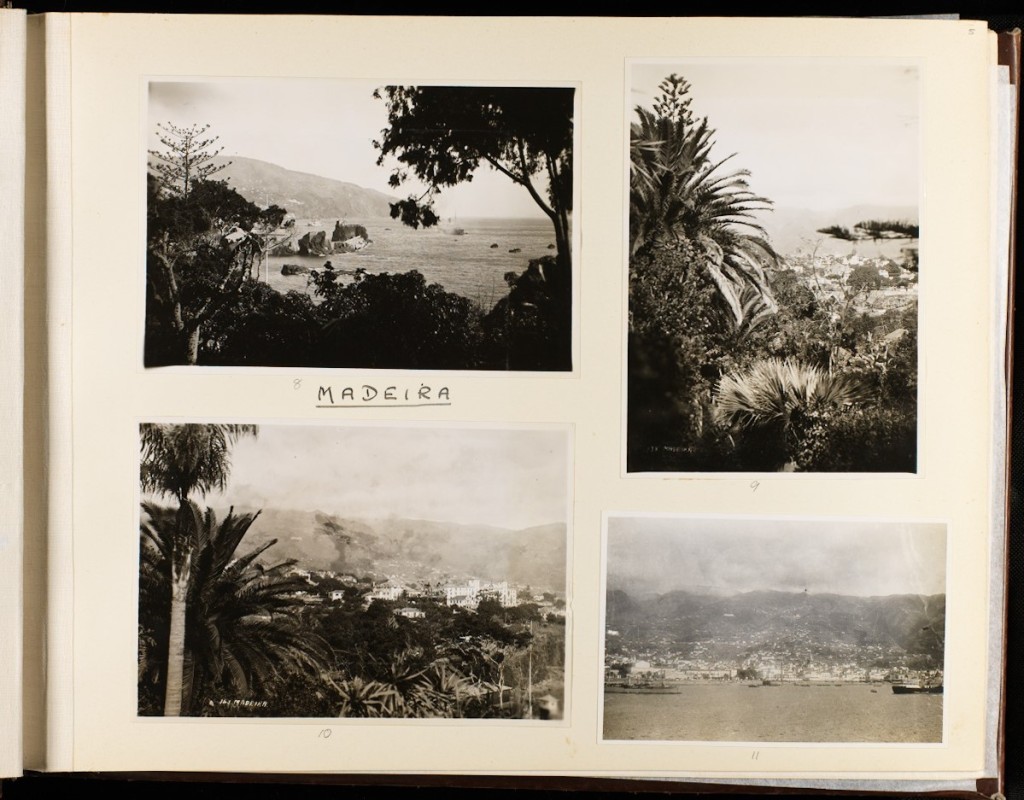


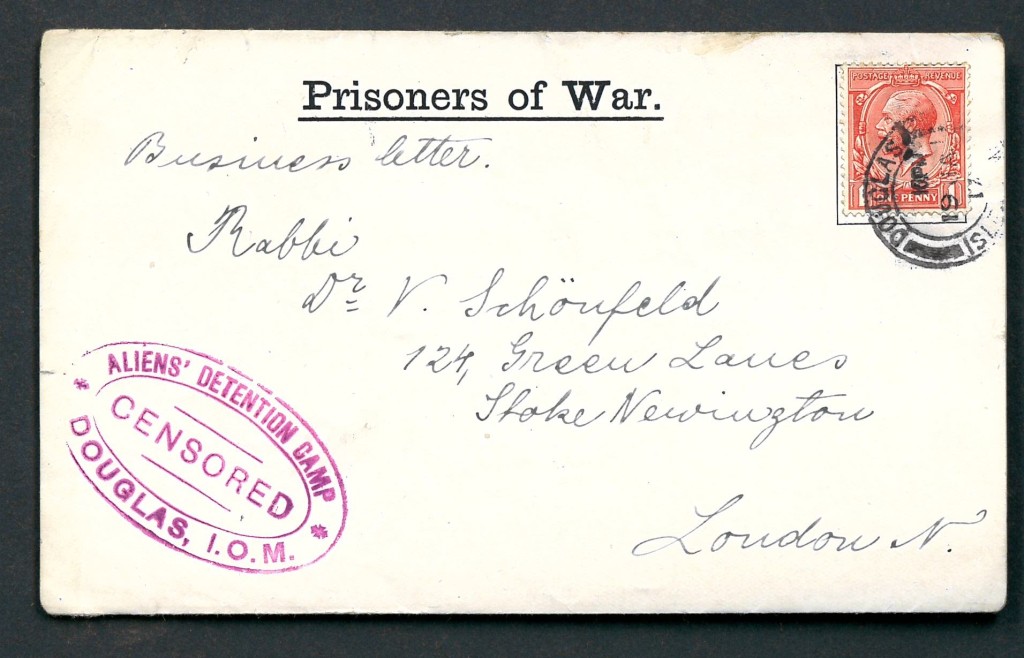
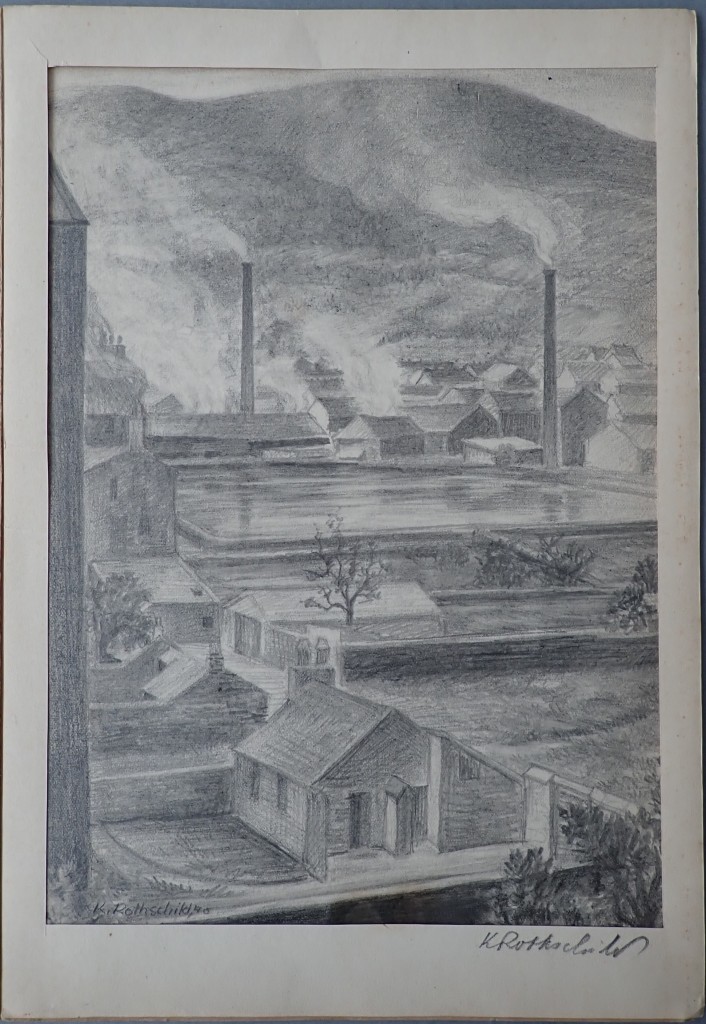


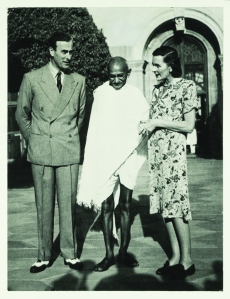

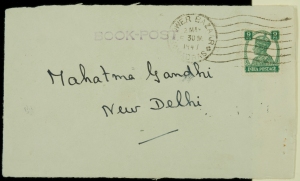
![Letterpress halftone portrait photograph of Admiral Prince Louis of Battenberg when First Sea Lord, 1914 [MB2/A12/61]](https://specialcollectionsuniversityofsouthampton.files.wordpress.com/2017/07/ms62_mb2_a12_61.jpg?w=500)
![Black and white photograph of Prince Louis Alexander of Battenberg and his sons, Louis (on the left) and George (on the right), 1914 [MB2/A12/34]](https://specialcollectionsuniversityofsouthampton.files.wordpress.com/2017/07/ms62_mb2_a12_34.jpg?w=500)
![Black and white photograph of the officers and midshipmen of HMS Lion including Prince Louis Francis of Battenberg (later Lord Mountbatten), 1916 [MB2/A12/65]. He can be seen in the uniform of a midshipman, seated cross-legged in the middle of the front row, tenth from the left. He is holding a small dog, probably the ship's mascot.](https://specialcollectionsuniversityofsouthampton.files.wordpress.com/2017/07/ms62_mb2_a12_65.jpg?w=500)
![Photographs of Mountbatten’s parents on their wedding day, 30 April 1884, from the album of Prince Louis of Battenberg [MS 62 MB2/A4/4-5]](https://specialcollectionsuniversityofsouthampton.files.wordpress.com/2017/02/blogmb2-a4_0004.jpg?w=300)
![Photo of the Princesses of Hesse in 1885, from the album of Prince Louis of Battenberg [MS 62 MB2/A4/6]](https://specialcollectionsuniversityofsouthampton.files.wordpress.com/2017/02/blogmb2-a4_0006.jpg?w=300)
![Photograph of the Battenberg family c. 1902 from the album of Victoria, Princess Louis of Battenberg, 1901-10 [MS 62 MB2/B2/6]](https://specialcollectionsuniversityofsouthampton.files.wordpress.com/2017/02/mb2-b2-photos_0006.jpg?w=250)
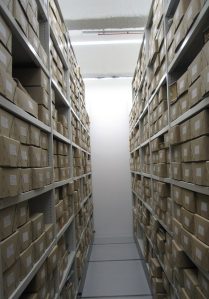
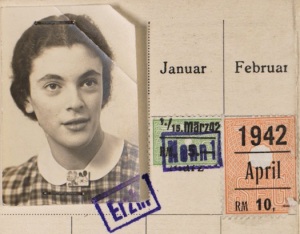
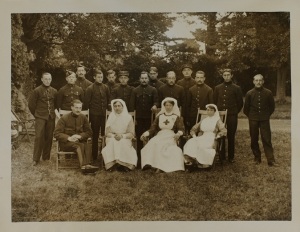
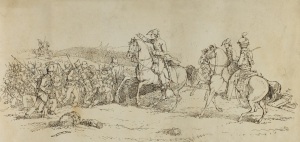
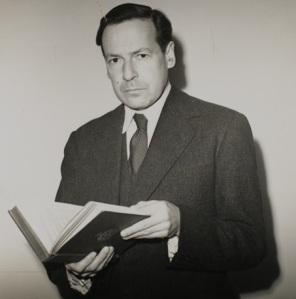
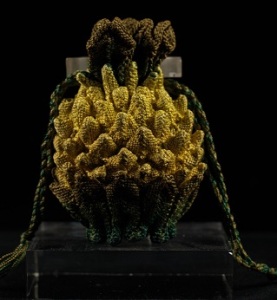
![Memorandum from Sir G.C.Lewis, J.Campbell, Lord Argyll and Lord Granville, concerning the plans for a Suez canal, 23 January [1860] [MS 62 PP/GC/LE/124]](https://specialcollectionsuniversityofsouthampton.files.wordpress.com/2016/10/suez-canal.jpg?w=188)
![Louis Mountbatten and Edward VIII in the garden at Adsdean, (Mountbatten’s home near Portsmouth) before a royal visit to the city, June 1936 [MB2/L20/1]](https://specialcollectionsuniversityofsouthampton.files.wordpress.com/2016/01/mb2_l20_1.jpg?w=300)
![[MB2/N5/104, 23 June 1920]](https://specialcollectionsuniversityofsouthampton.files.wordpress.com/2016/01/mb2_n5_104.jpg?w=300)
![[MB2/L19/p.17 from left to right: Edward VIII; Mountbatten; Esmond Harmsworth; Mrs Rogers; Wallis Simpson; Gladys Buist; and Edwina Mountbatten, in the grounds of Balmoral]](https://specialcollectionsuniversityofsouthampton.files.wordpress.com/2016/01/mb2_l19_p17.jpg?w=300)
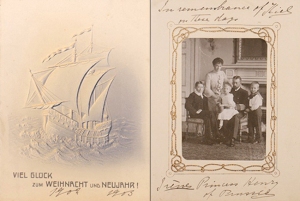

![Men's football team, 1953-4 [photo_MS1_7_291_22_4] Men's football team, 1953-4 [photo_MS1_7_291_22_4]](https://live.staticflickr.com/65535/50089268168_f26eed63ef_s.jpg)
![Women's rowing team, 1961-2 [MS1_7_291_22_4] Women's rowing team, 1961-2 [MS1_7_291_22_4]](https://live.staticflickr.com/65535/50090079577_3b7acbde42_s.jpg)
![Men's rugby team, 1953-4 [MS1_7_291_22_4] Men's rugby team, 1953-4 [MS1_7_291_22_4]](https://live.staticflickr.com/65535/50089268523_4f2c587220_s.jpg)
![Women's hockey team, 1953-4 [MS1_7_291_22_4] Women's hockey team, 1953-4 [MS1_7_291_22_4]](https://live.staticflickr.com/65535/50090079692_28114e9c7d_s.jpg)